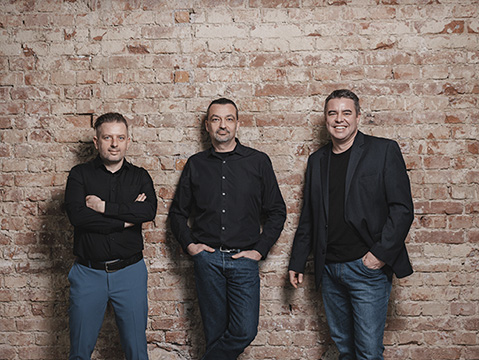We talk to Joachim Hilbrand, CEO of SIMStation, a Vienna-based company specialized in AV recording and debriefing systems. We discussed barriers, challenges and opportunities for the development and growth of healthcare simulation
Content written in collaboration with SIMStation
Green is the color of nature and health, it brings a message of freshness and hope. Thus, it is no coincidence that it was chosen as the branding color by one of the most groundbreaking players in the simulation industry. Their distinctive green corporate design can be spotted at most international congresses, and is synonymous with high-quality technology and a forward-thinking approach. Yes, we are talking about SIMStation. SIMStation is a Vienna-based company specialized in creating high-end recording and debriefing systems. The combination of premium hardware and innovative software supports the healthcare sector worldwide in achieving an essential goal: Better Simulation. So, it was just a matter of time before we reached out to SIMStation to understand how they managed to develop one of the most powerful and effective AV systems on the market. Joachim Hilbrand, one of the three founders of SIMStation and the company’s CEO, accepted to be simzined!
Hi Joachim, thanks for accepting to share some time and thoughts with us. Why do you work in healthcare simulation?
I got into this industry by chance 15 years ago when I was running a web development company, and it was the best thing that could have happened to me. Developing innovative software is always fun, but as soon as I realized how meaningful and impactful it is to work in healthcare simulation, I knew that I would never want to do anything else!
SIMStation is an Austrian company and now a global player. Looking at the AV-based simulation systems market when you started, there didn’t seem to be room for new players. What made you think that there was an opportunity?
It was immediately clear after a few conversations with end users of AV simulation systems that there was a big gap in the market. Most customers complained that their expensive systems were lacking usability, if they were working at all. The need for high-quality recording and debriefing systems was definitely there. Also, our risk was manageable because we, the founders of SIMStation, already had companies in the fields of AV hardware and software, and something like SIMStation was just the result of our combined expertise, a product that we could create with the help of our existing teams.
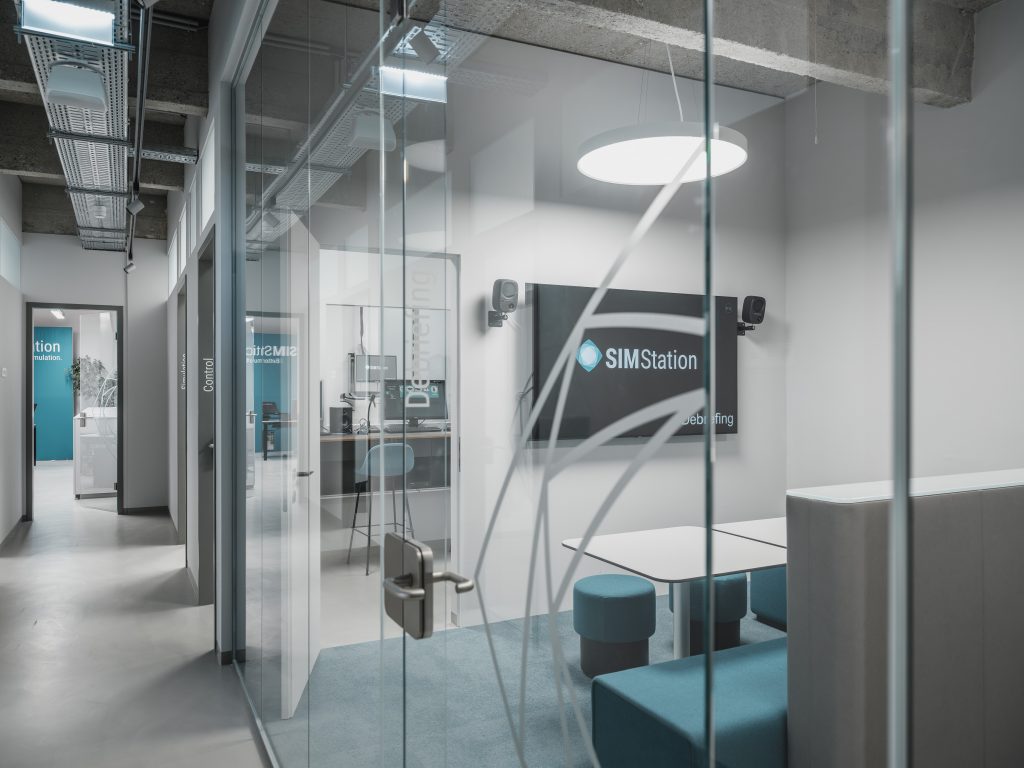
In a few years, you’ve built a number of partnerships with high-performing simulation centers. How did you win their trust and add them to the brand’s portfolio?
We took a customer-centric development approach from day 1. We toured dozens of hospitals and simulation centers with the prototype of the first SIMStation system, collecting feedback and continuously implementing the improvements. During this time, not only business partnerships were formed, but also many friendships. And as friends want to be helped, customer focus has become second nature at SIMStation. We are on the same side as our customers, fighting together every day to ensure that they have the best opportunities to run their training operations in the best possible way.
How do you find simulation in healthcare has evolved over the past years?
To be honest, I have mixed feelings about that. On the one hand, it is great to see how simulation is becoming more and more established. Especially in the areas of nursing and EMS, a lot has happened! On the other hand, I have the impression that not so much is developing in clinical simulation. Some years ago, I thought it would only take a short time for simulation centers to become really integrated into the quality improvement process of a hospital. But today that’s still too rarely the case. In clinical quality management, there should be a cycle: if weaknesses are identified, they should be trained in simulation, and then measured again to see if the outcomes have improved.
I think one reason for this is that clinical simulation still defines itself too much as a niche specialty. In my opinion, it starts with the term “simulation”. Most people outside our industry think of simulation as something very specialized and complicated, such as computer simulation of processes that are too complex to be understood without computing data models. Whereas healthcare simulation, our field of activity, is not rocket science but a very simple yet effective tool for education and training. The misleading understanding of the term “simulation” became clear to me once in a conversation with a CEO of a leading U.S. children’s hospital. He told me that for many years, he walked by the door labeled “simulation center” in his building and thought to himself, «I’d rather not know what they’re doing in there!» And why did he think that? Because he suspected something that was expensive and not very relevant to his day-to-day hospital operations!
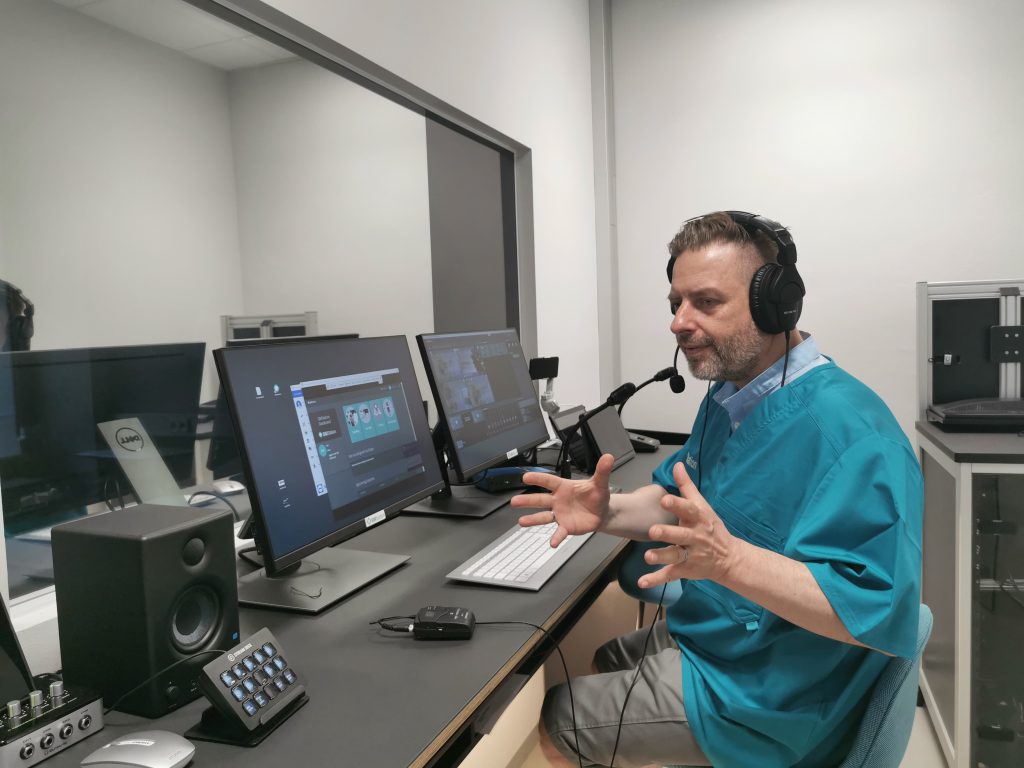
In general, I would like to see the simulation industry less isolated, but under the umbrella of the much larger “medical education and training” industry, to which it actually belongs. How great would it be if there was a big convention on healthcare training and education, and simulation was showcased there in a hall as an exciting education tool? At such a scale, even the big decision-makers and companies that have yet to give simulation the attention it deserves would become aware.
What do you think are going to be the key developing issues in the simulation industry in the coming years? What are the unmet needs today?
My core issue is that standards for interoperability must finally be established in the industry. If there is no possibility at all for data exchange between devices or applications from different manufacturers, that is a big obstacle to advancement. What if the same professional scenarios could be shared and run in every simulation center of the world? If each simulator of the different manufacturers could be controlled by common control software? If the devices log files, the checklists, the annotations and bookmarks, as well as sensor data could be collected in a common and exchangeable file format? Then it would finally be possible to compare and share relevant data across institutions and borders, to gain relevant scientific knowledge for the improvement of medicine. All this through an open and worldwide collaboration in simulation.
In the world of real medical devices, the problem of closed systems existed for decades, but there the issue was recognized and solved. The FHIR standard for data exchange, based on the HL7 standardization initiative, has been implemented. But in simulation, which I think should be the pioneer in healthcare, there are still no technical standards, open interfaces, or common protocols. This is a major problem that effectively sets our industry back years, and will continue to slow it down if we don’t change. For instance, to my knowledge, SIMStation is the only product in the industry that offers an open API, yet this should be a common feature for any modern software. However, I fear that without pressure from customers, many established vendors will continue to rest on their proprietary systems. The initiative to create these standards must come from simulation societies. As soon as the fulfillment of an interoperability standard is a condition for procurement, it will only take a few months for all manufacturers to follow.
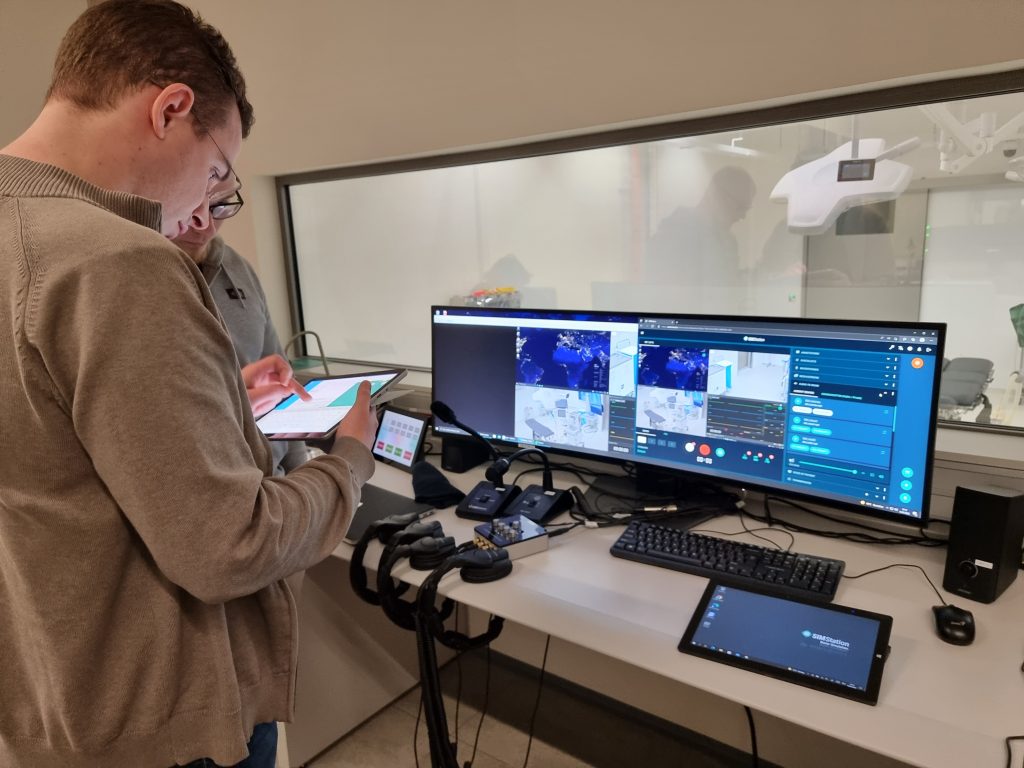
The simulation center was supported by the European Structural and Investment Funds and Ministry of Education, Youth and Sports.
Which aspect do you pay the most attention to when developing your AV system solutions?
We have an uncompromising approach to quality. Reliability through high quality. This applies to both the software and the matching hardware. Compared to competitors, we certainly invest more in development, testing, quality management and support, and less in sales.
What’s the hardest part of your job?
SIMStation is growing fast, and we hire new employees every few weeks. Finding the right people and making sure that everyone gets the right job in the right team is a true challenge.
Which are SIMStation’s growth markets?
We have become the market leader in Europe within a few years and our systems are present all over the world. But in the largest market, North America, we are still something of an insider tip. In this respect, we currently have big plans: we have founded our own US-based SIMStation corporation which will operate from the beginning of 2023 with its own team of engineers and consultants. Very exciting times for our company!
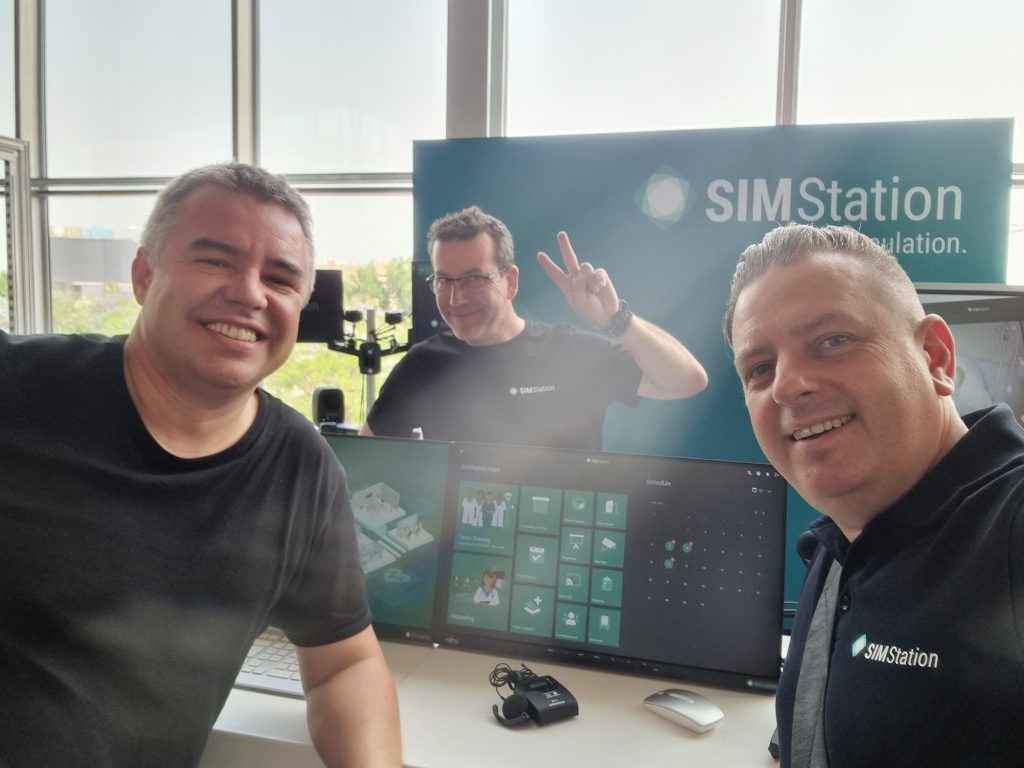
What advice would you offer for entrepreneurs starting out in simulation?
There are lots of opportunities in simulation and it’s an amazing industry – I can highly recommend the simulation business to anyone. What you must keep in mind as an entrepreneur is that the group of customers is relatively small. The good thing about that is that it’s easy to reach out to customers, and if you have a good product, word gets around quickly in the well-connected scene. The challenging part is that the local market is never enough. So, you also must think geographically big if you really want to establish yourself in this industry.
SZ: Thanks Joachim! Good luck on your future endeavors!
READ ALSO



